Mitered Corners Napkin Tutorial
Very simple and yet undeniably elegant way to decorate your table. If you use a heavier fabric, with its weight it adds a certain sense of chic. Perfectly fine in a medium weight. The colour I chose too carries a certain quiet brilliance. Looks great on natural wood.
To make a set of six’ 18-inch square napkins:
Materials:
Six 20″ squares in Cobalt IL019
Contrasting thread
Pins
Sewing machine
Time: 2 hours
Level: Beginner
1. Cut your’ linen into a 20 inch square.
2.’ Press each side of the solid square 1 0inch towards the inside of the square.
3.’ Unfold the corners so you can see the marks the pressing made.’
4. Fold diagonally at the point where the pressing marks intersect as shown above.
5. Iron
6. Unfold, place both sides together and straight line stitch 2/3 alongside the mark you just made with the iron.
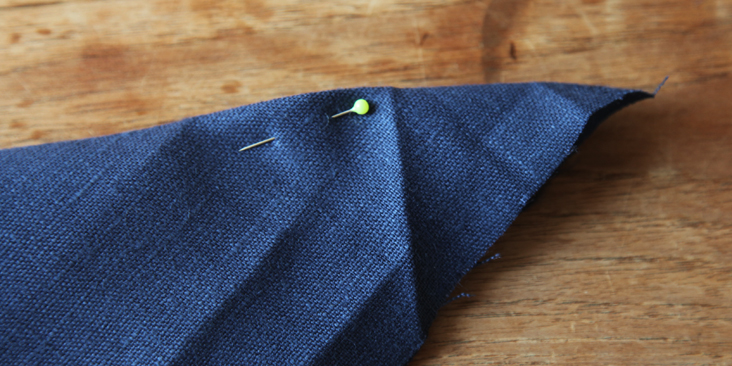
7. Once stitched, cut off the corner.
8. Using the folding marks you initially made, double hem all four edges, tucking in the corners as shown below.
 9. Top stitch the folds down around all four sides, pivoting at the corners and making sure to back stitch at the beginning and end of the seam.
9. Top stitch the folds down around all four sides, pivoting at the corners and making sure to back stitch at the beginning and end of the seam.
10. Repeat with the remaining linen. Enjoy.
Leave a comment Cancel reply
Related posts
An Introduction to Common Crotch Adjustments
Recently, I drafted a pattern and made a toile of a pair of drop-crotch pants. When I tried them on, I straight away noticed (and felt) they weren’t quite right. The most obvious issue was that the back crotch felt tight and pulled uncomfortably, especially when bending over. Walking also felt a little restricted, with…
How to Thread a Sewing Machine: A Beginners Guide – Part 2
Now that we’ve covered the basics of threading a sewing machine in Part 1, let’s move on to some additional functions. In Part 2, I’ll show you how to change both the needle and the presser foot. I’ll also introduce the twin needle, and share some helpful troubleshooting tips for common issues that can happen when…
Made by Hand: Ellen Merchant’s Printed Textiles
One of Britain’s most exciting and adventurous textile and wallpaper designers working today, Ellen Merchant places traditional print processes and high-quality materials at the heart of her creative practice. Inspired by the Arts and Crafts emphasis on hand-made design over mass-produced goods, her work embraces traditional, hand-block printing techniques and features intricate, ornate, botanical designs…
How to Thread a Sewing Machine: A Beginners Guide – Part 1
Threading a sewing machine can feel a bit daunting at first, but it quickly becomes second nature after you’ve done it a couple of times. These days, I don’t even think about it—muscle memory just takes over. That said, writing this tutorial made me slow down and walk through each step more deliberately. It reminded…
SEW THIS LOOK
LATEST COMMENTS
- Sewing Glossary: How To Sew A Flat-Felled Seam
20 Jun 2017 @ 3:49 am by Renee Graham - The New Romantic: A Peek into the World of Textile Designer Molly Mahon
23 Dec 2025 @ 7:45 am by Kate Renwick - Sashiko Embroidery Technique Tutorial
08 Aug 2017 @ 8:00 am by Sashiko Stitching Tutorial: Step?by?Step Guide to Traditional Japanese Embroidery - The New Romantic: A Peek into the World of Textile Designer Molly Mahon
23 Dec 2025 @ 7:45 am by Lisa Pratt - Tutorial: Block Printed Kitchen Towels
21 Feb 2023 @ 6:13 am by 33 Tea Towel Crafts - HelthDestiny
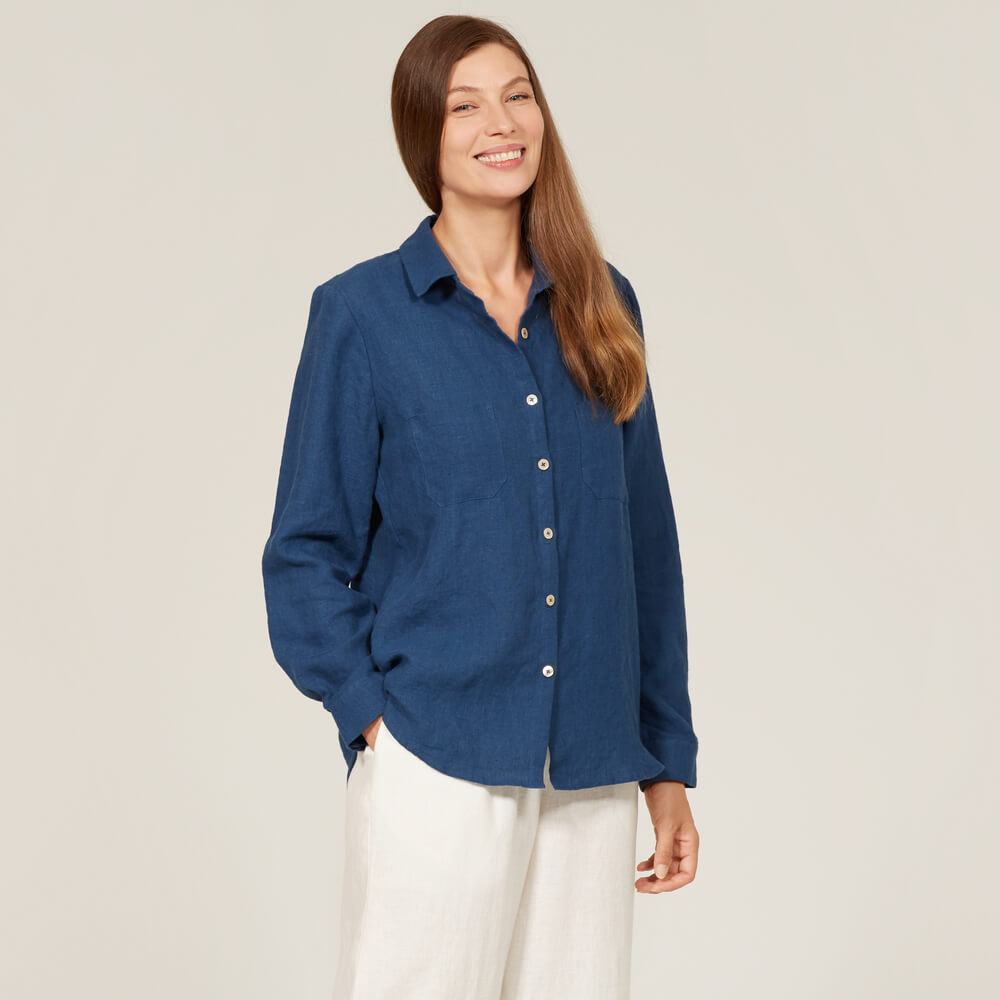




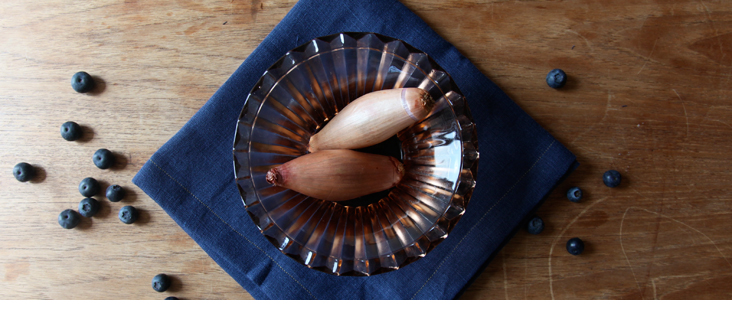






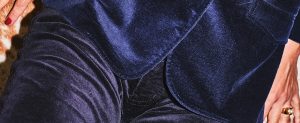


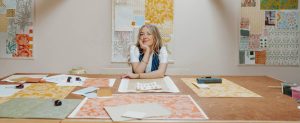
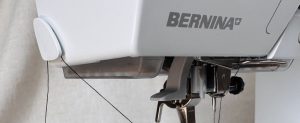
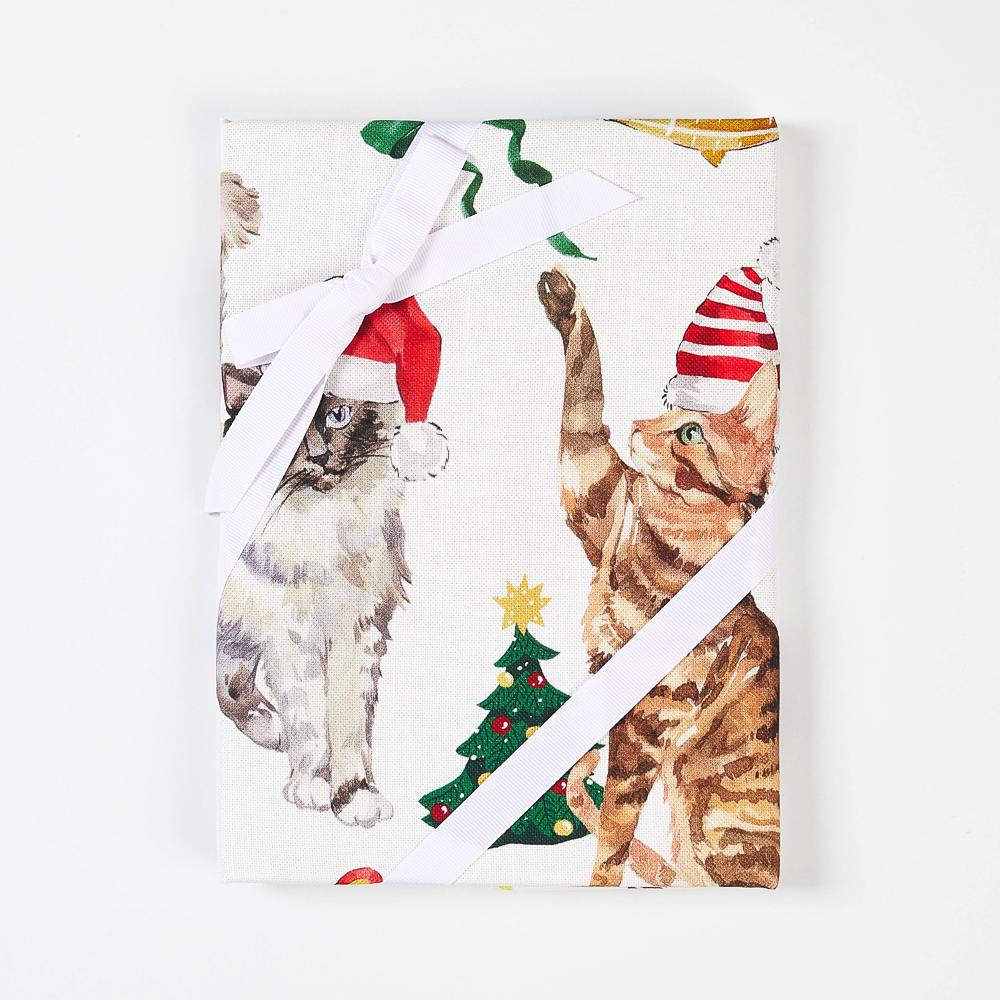





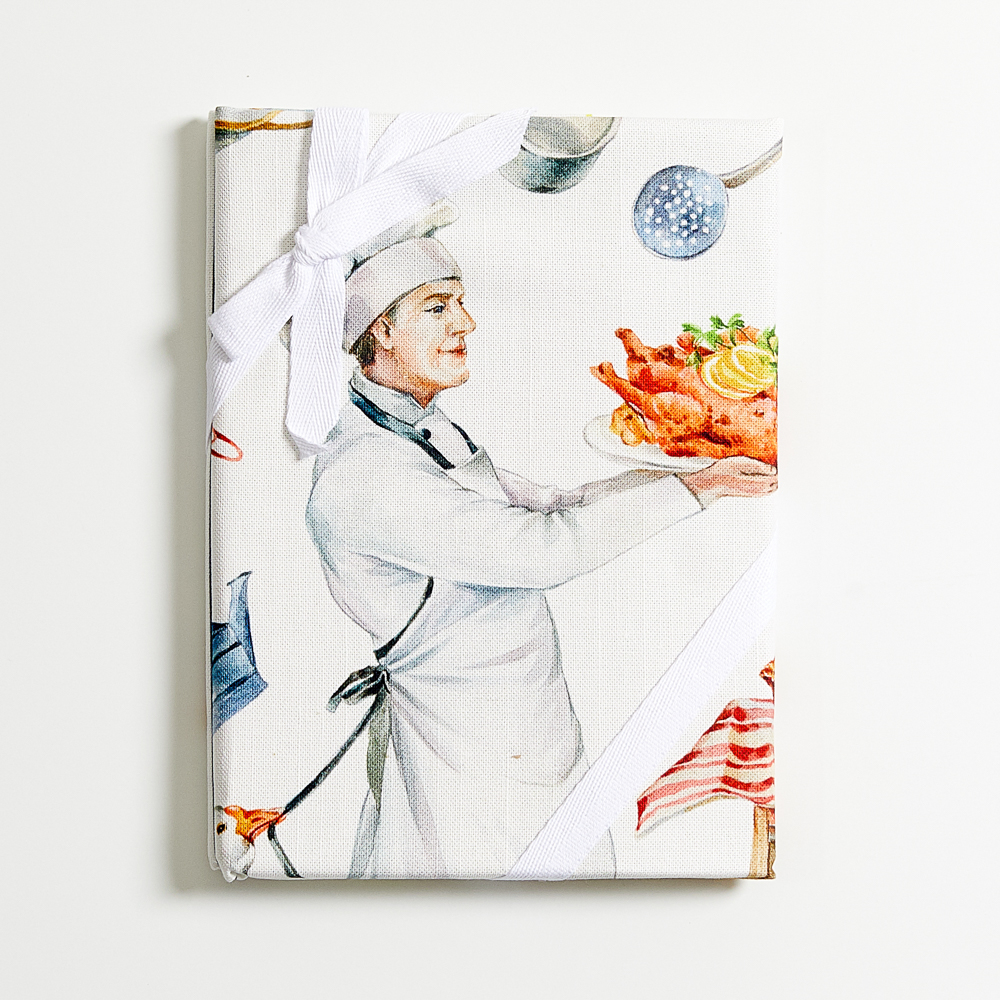
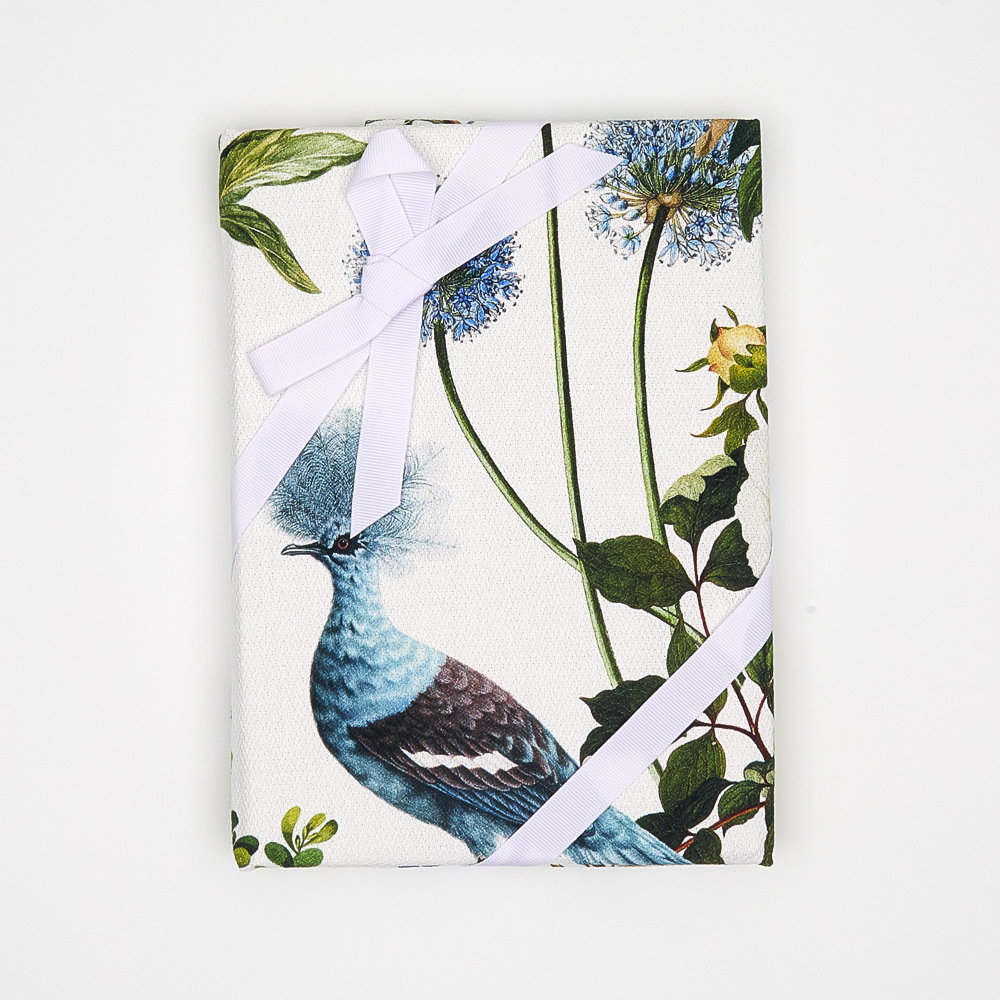



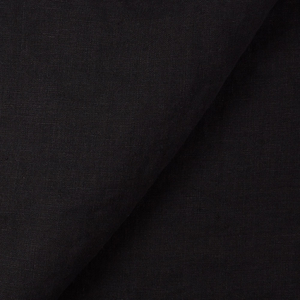
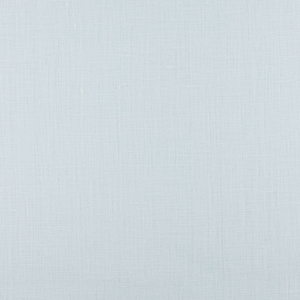
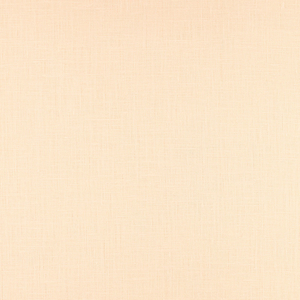
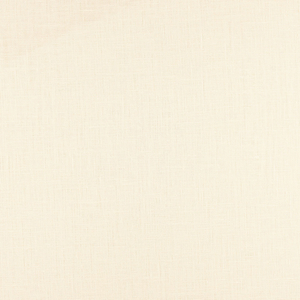
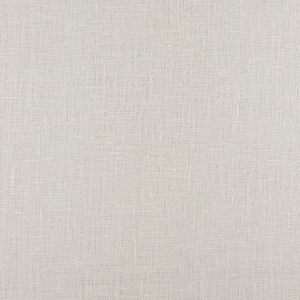
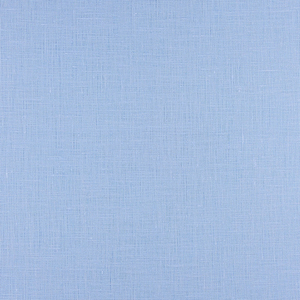

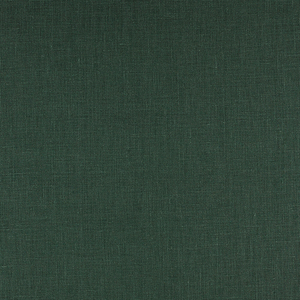
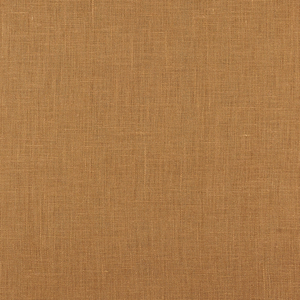

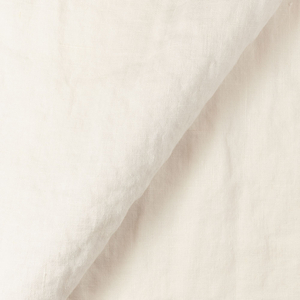
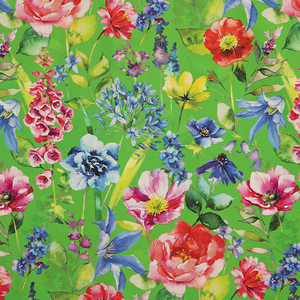



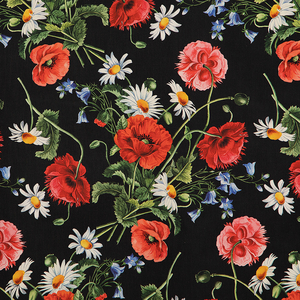
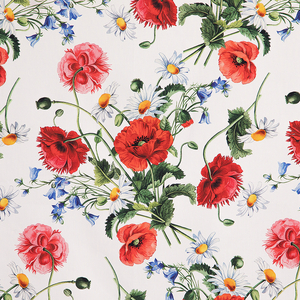
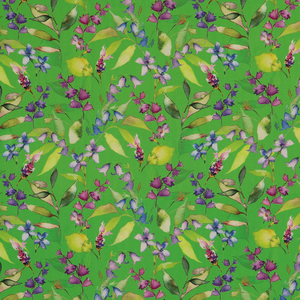
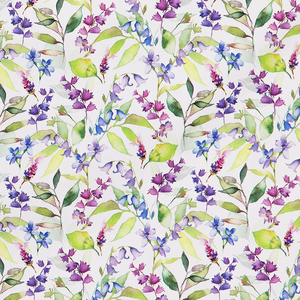







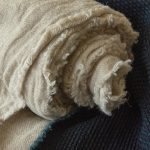
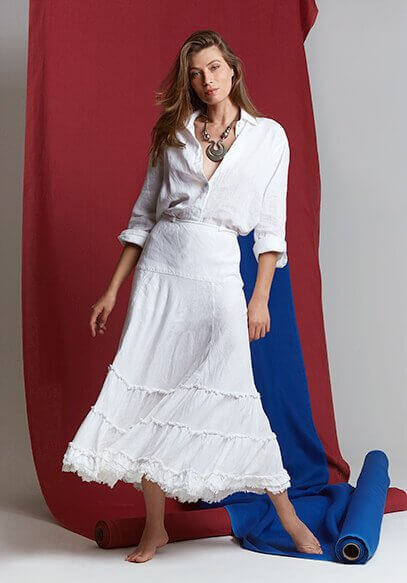
5 Comments
Kathy Borst
In steps 4-7, it’s not clear whether you are sewing and marking on the right or wrong sides. It has to be that you sew with right sides together… but I’m not clear where it flipped over. Is this a new version of this tutorial? I am returning to it and it seems less clear than the first time I tried it. Maybe it’s me though.
millie
Unless I am missing something, step 2 should say double fold 1″. One fold will not provide the miter
millie
Unless I am missing something, step 1 should say double fold 1″. One fold will not provide the miter
AmyCat
Great tutorial, though…
AmyCat
Unless you’ve got linen that magically breeds when nesting in your fabric stash, you aren’t going to get *12* 18″ napkins from only *SIX* 20″ squares! 🙂